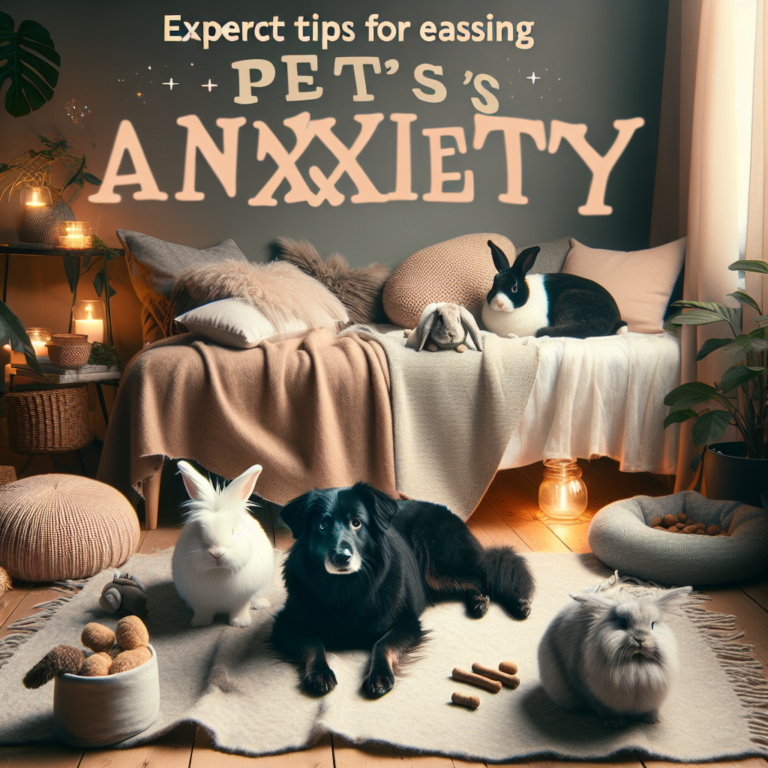Pets can experience anxiety just like humans do, and it can manifest in various ways such as excessive barking, destructiveness, or withdrawal. As responsible pet owners, it’s important for us to recognize the signs of anxiety in our furry friends and take steps to help them feel more calm and secure. Here are some expert tips for easing your pet’s anxiety:
1. Create a Safe Space: Set up a designated area in your home where your pet can retreat to when they feel anxious. This could be a cozy corner with their bed, toys, and favorite blanket. Make sure this space is quiet, comfortable, and free from any triggers that may cause anxiety.
2. Establish a Routine: Pets thrive on routine, so try to stick to a consistent schedule for feeding, playtime, and exercise. This can help reduce feelings of uncertainty and anxiety for your pet.
3. Use Calming Products: There are various products available on the market that can help calm anxious pets, such as pheromone diffusers, calming collars, and supplements. Talk to your veterinarian about which products may be best for your pet.
4. Provide Mental Stimulation: Keep your pet’s mind occupied with puzzle toys, interactive games, or training exercises. Mental stimulation can help prevent boredom and decrease anxiety.
5. Practice Desensitization: If your pet is afraid of certain stimuli, such as loud noises or strangers, gradually expose them to these triggers in a controlled environment. This can help desensitize them and reduce their anxiety over time.
6. Consider Professional Help: If your pet’s anxiety is severe or persistent, consider seeking help from a professional such as a veterinarian or animal behaviorist. They can provide guidance on how to best manage your pet’s anxiety and may recommend therapy or medication if necessary.
7. Stay Calm: Pets are sensitive to their owner’s emotions, so try to remain calm and composed when your pet is feeling anxious. Reassure them with a soothing voice and gentle petting to help them feel more at ease.
By following these expert tips, you can help ease your pet’s anxiety and create a more peaceful and harmonious environment for both you and your furry friend. Remember that each pet is unique, so it may take some trial and error to find the best methods that work for your pet. With patience and consistency, you can help your pet feel more secure and comfortable in their surroundings.
